UfarmX
- Innovation
- Impact
- Company
- Contact
Company
- FAQ
- Terms and conditions
- Privacy policy
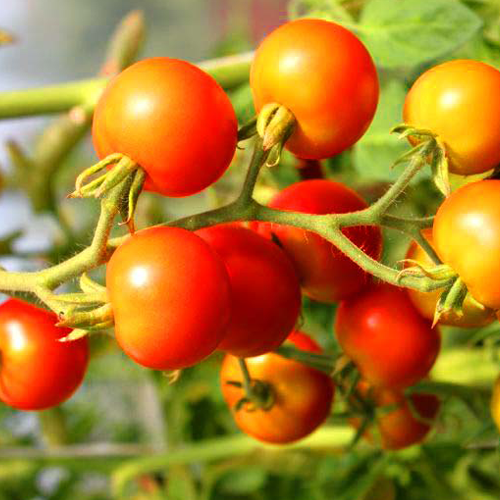
The tomato is a major vegetable crop that has achieved tremendous popularity over the last century. It is grown in practically every country of the world – in outdoor fields, greenhouses and net houses. The tomato plant is very versatile and the crop can be divided into two categories; fresh market tomatoes and processing tomatoes. In both cases, world production and consumption has grown quite rapidly over the past 25 years. Tomatoes, aside from being tasty, are very healthy as they are a good source of vitamins A and C. it also contains Lycopene; which is a very powerful antioxidant that can help prevent the development of many forms of cancer. Cooked tomatoes and tomato products are the best source of lycopene since the lycopene is released from the tomato when cooked.
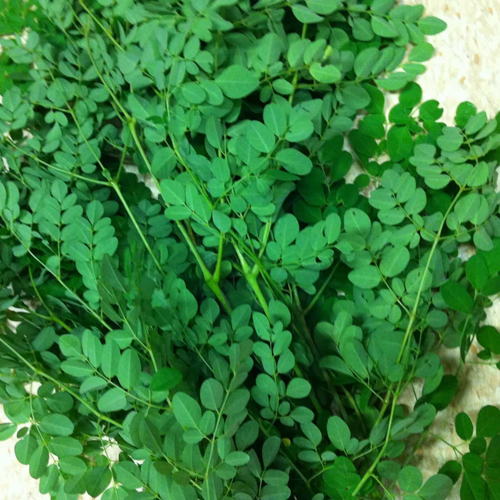
Moringa is one of the world’s most useful plants with one of the highest nutritional contents of any plant known in the word. It is a fast-growing, drought-resistant tree that is native to the southern foothills of the Himalayas in northwestern Inidia. It is a fast-growing tree and is grown throughout the tropics. The most widely cultivated species is Moringa Oleifera, a multipurpose tree, and usually called the Miracle tree for good reason. It is estimated that at least 300 diseases can be cured using Moringa derived supplements. The Moringa tree has been called the tree of life in many cultures around the world, including Nigeria.
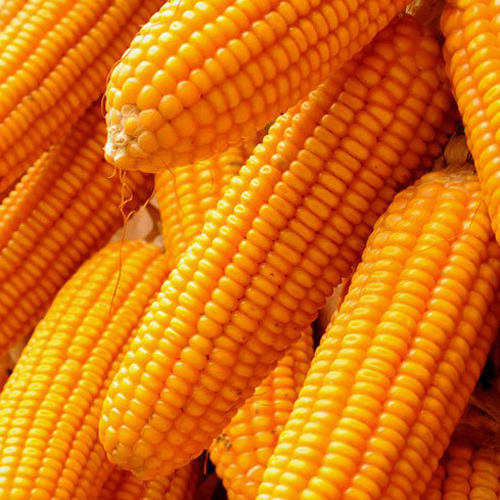
Maize is a cereal crop that is grown widely throughout the world in a range of agroecological environments. More maize is produced annually than any other grain. About 50 species exist and consist of different colors, textures and grain shapes and sizes. White, yellow and red are the most common types. The white and yellow varieties are preferred by most people depending on the region.Maize was introduced into Africa in the 1500s and has since become one of Africa’s dominant food crops. Like many other regions, it is consumed as a vegetable although it is a grain crop. The grains are rich in vitamins A, C and E, carbohydrates, and essential minerals, and contain 9% protein. They are also rich in dietary fiber and calories which are a good source of energy. Maize not only used for consumption is increasingly used as a feedstock for the production of ethanol fuel, whiskey production and the corn germ produced during separation of corn component is used to produce glue. Corn oil obtained from maize is also used in many cosmetics, soaps, medicines, and other products.
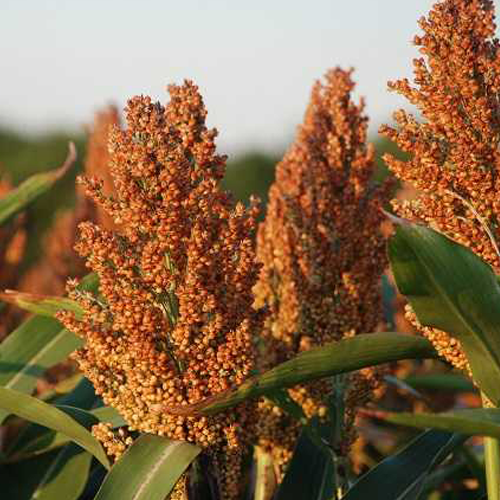
Sorghum is an important food crop in Africa, Central America, and South Asia and according to FAO the fifth most important cereal crop grown in the world. It has multifarious usages which spans across the production of malt, beer, beer powder, sorghum meal, sorghum rice, and livestock feed among others. The whole grain may be ground into flour which is then used in various traditional foods.
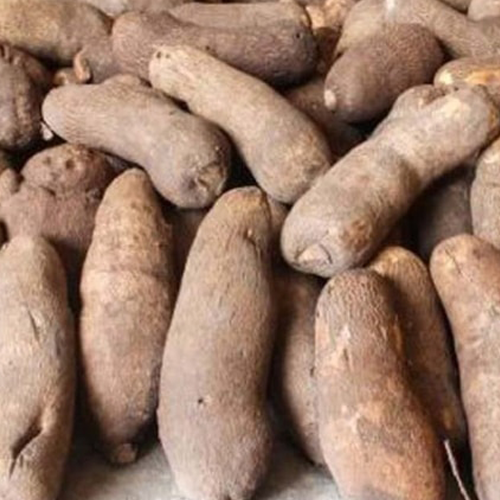
Yam is a tuber crop that is closely related to lilies and grasses. Native to Africa and Asia, yams vary in size from that of a small potato to a record 130 pounds (as of 1999). There are over 600 varieties of yams and 95% of these crops are grown in Africa. Compared to sweet potatoes, yams are starchier and drier. In West Africa yams are one of the most highly regarded food products and are closely integrated into the social, cultural, economic and religious aspects of life. Yam is high in vitamins C and B6, potassium, manganese and dietary fiber while being low in saturated fat and sodium. Yam has been known to be used medicinally as a heart stimulant due t the presence of alkaloids and can be used as an industrial starch
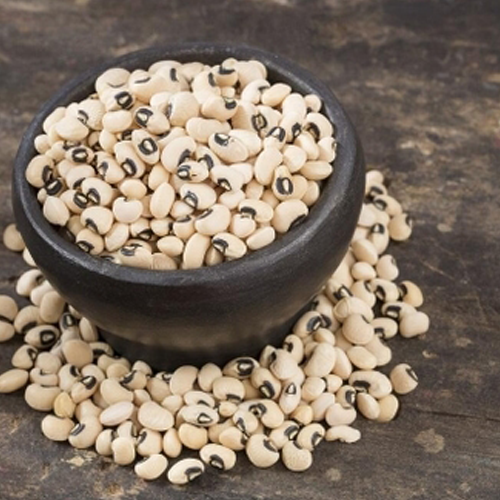
Cowpea is said to be the most economically important indigenous African legume and most versatile African crop which feeds people, their livestock, the soil and other crops. In Nigeria it is simply referred to as ‘beans’. There are two major varieties that are popularly known to people in southwestern Nigeria; sweet beans or honey beans (ewa oloyin) and Nigerian brown beans (ewa drum).Botanically, it is called Vigna unguiculata and is grown in the semi-arid tropics which cover Asia, Far East, Africa, Central and South America. Cowpea has its root in Africa most especially South, West and East Africa but the name Cowpea probably emerged when it got to the United States of America and was used as an important feed for cows. All parts of Cowpea are useful even the leaves which can produce 9 times the calories, 15 times the protein, 90 times the calcium and thousands of times more vitamin C and beta-carotene of cowpea seed. Cowpea also complements a lot of cereal crops.
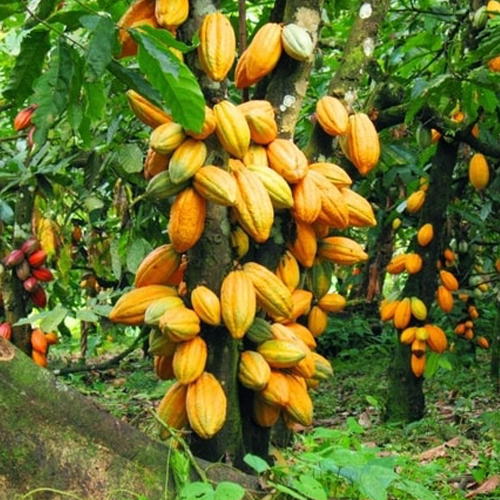
Cocoa tree is a small (4–8 m tall) evergreen tree in the family Malvaceae, native to the deep tropical region of South America. Its seeds are used to make cocoa powder and chocolate. Many different sorts of products can be derived from cocoa.The husks of cocoa pods and the pulp, or sweatings, surrounding the beans and the cocoa bean shells can be used. Some examples of these uses are:Animal feed from cocoa husk,Production of soft drinks and alcohol.Potash from cocoa pod husk – Cocoa pod husk ash is used mainly for manufacturing of soft soap, It may also be used as fertilizer for cocoa, vegetables, and food crops.Jam and marmalade – Pectin for jam and marmalade is extracted from the sweatings Once the beans have been fermented and dried, they can be processed to produce a variety of products.
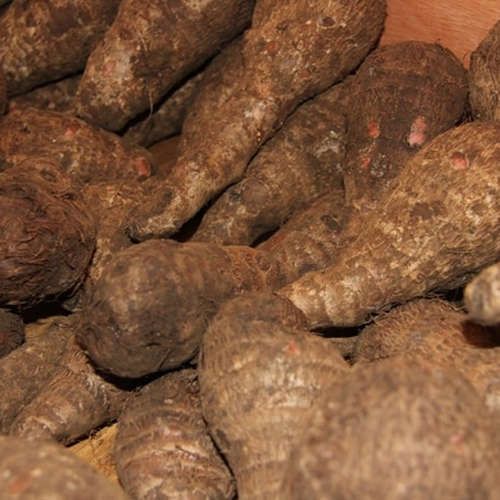
Cocoyam is another tuber crop used mainly for human food. Cocoyam is grown as a root crop because of its edible corms and leaves and it’s regarded as a guaranteed security crop because of its affordability. It contains protein, starch and water and the leaves are a source of vitamin A and C. Cocoyam corn can be used to manufacture drugs and paper due to its high concentration of mucilage.
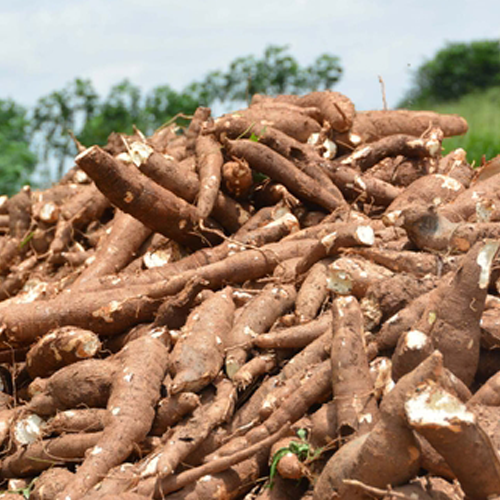
Cassava is a tropical, shrubby, perennial plant with an edible root, serving as a major source of carbohydrate in human diet. Cassava originated from tropical America and was first introduced into Africa in the Congo basin by the Portuguese around 1558. Cassava has been cultivated for centuries in the Americas, initially for human consumption and more recently cultivated for the production of dry chips (used as animal feed), ethanol and starch. With cassava viewed as a food security crop and therefore poorly commercialized, the changes along the Cassava Value Chainhave been minimal. However, since the advent of cassava usage in production of ethanol and processing of animal feed, Asia and Latin America have witnessed rapid changes in the value chain system. Cassava starch has also been industrially modified to provide products with physical and chemical properties for specific applications, including the preparation of jelly, thickening agents, gravies, custard powders, baby food, glucose and confectioneries
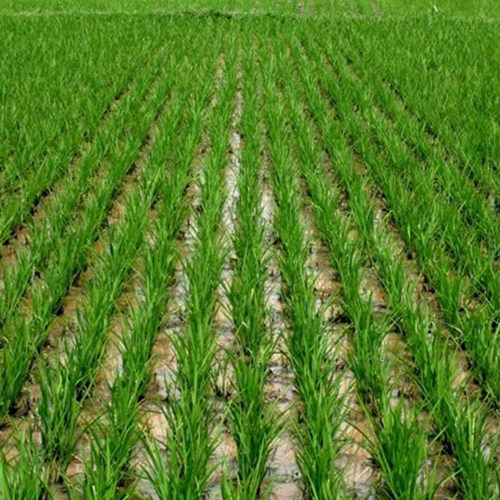
Rice is a short narrow white or brown plant grown on wet grounds in hot countries as food. Rice is a staple food throughout the globe and especially so in Nigeria, the country consumes almost 7 million tonnes of it a year. As a cereal grain, it is the most widely consumed staple food for a large part of the world’s human population and it is the agricultural commodity with the third-highest worldwide production. In spite of its popularity and need due to lack of adequate farm level production Nigeria is set to be the leading importer of rice globally in 2019.
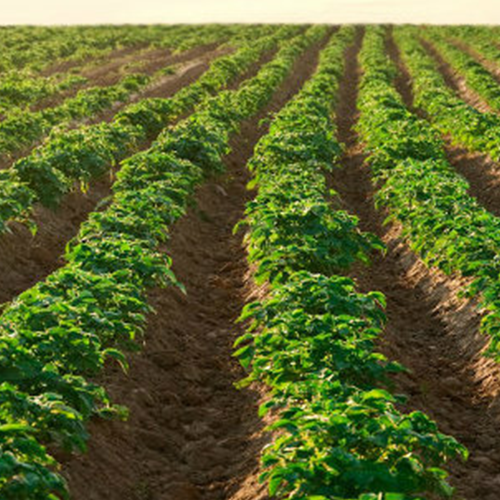
Soybean is a leguminous vegetable of the pea family that grows in tropical, subtropical, and temperate climates. Soybean was domesticated in the 11th century BC around northeast of China. It is believed to have been introduced to Africa in the 19th century by Chinese traders along the east coast of Africa. It is said to be the most nutritious and most easily digested food of the bean family, and is one of the richest and cheapest sources of protein. Although many leguminous crops provide some protein soybean is the only available crop that provides high quality source of protein comparable to meat, poultry and eggs
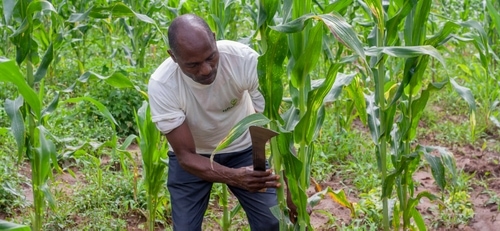
Fill in your details and we’ll get back to you in no time.